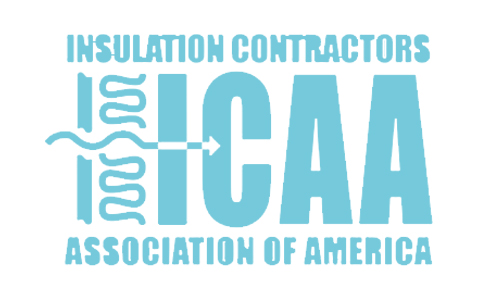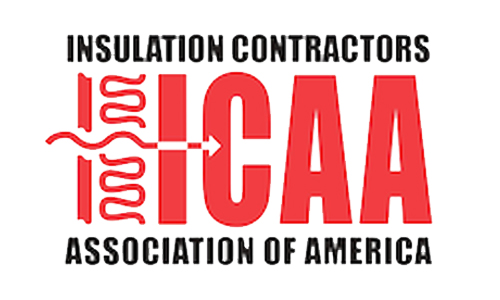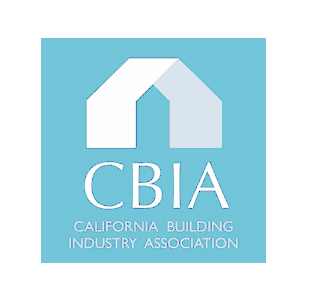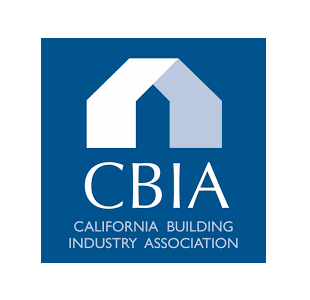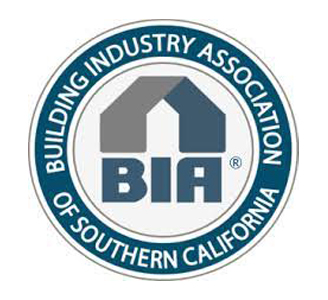Construction defect litigation has been a major concern for developers and contractors in recent years. The building of a multi-unit housing complex, particularly condominiums and townhomes, almost guarantees that litigation will follow. Multimillion dollar jury awards against builders for construction defects have had a tremendous impact on Southern California’s housing landscape. These lawsuits have caused the cost of insurance to builders and contractors to skyrocket, and have discouraged builders from developing these litigation prone complexes. Well at long last, the Wizards of AAS (pronounced ‘Oz’), a.k.a. the Appellate Court Justices, have taken the first steps down the yellow brick road toward limiting the liability of developers and contractors for construction defects.
Last month, the Fourth District Court of Appeal decided the case of AAS v. Superior Court of San Diego, (June 11, 1998), sending shockwaves through the legal construction industry. The AAS decision, which limits the liability of developers and contractors for construction defects, was applauded by those in the construction industry, but the defect lawyers representing homeowner Plaintiffs expressed concern that the AAS decision will limit the amount of money homeowners will receive for construction defects. The precise effect of the AAS case on the homebuilding construction industry will take years to assess, particularly in light of the fact that an appeal to the California Supreme Court is assured; however, it is important for contractors at this point to understand the AAS case and the significance of its ruling.
The AAS case involved a combined appeal from two separate construction defect actions, one involving a homeowners association for a condominium project and the other a group of homeowners in a subdivision. Both construction projects were developed and built by The William Lyon Company and Lyon Communities, Inc. The homeowners sued Lyon, and numerous subcontractors, complaining of the usual list of defects, including failure to comply with the Uniform Building Code, improper construction of fire walls and shear walls, and the leaking, straining, corroding, cracking, breaking down and deteriorating of the homes “due to defective design, workmanship and materials . . . ” etc.
However, many of the alleged defects and building code violations had not resulted in physical injuries to persons or other property. In other words, the shear walls which were allegedly built below Code, had not resulted in anyone being physically hurt or their property being damaged. This was a critical issue to the Court of Appeal which analyzed these defects under the “economic loss doctrine” which has existed in California for many years in relation to the manufacture of products for sale to the public. The manufacturers of various other products have been somewhat protected by the “economic loss doctrine” which held that consumers should not be allowed to recover for economic losses (loss of value or use of goods) when the performance of products failed to meet the buyer’s expectations, but caused no other physical injury. The Appellate Court applied a similar standard in AAS and held,
-
“. . . homeowners associations and individual homeowners do not have a private right of action in negligence against developers, general contractors and subcontractors for recover of economic losses they sustain as a proximate result of construction defects in mass-produced housing, including but not limited to those involving violations of governing building codes, which have not yet caused personal injury or physical damage to property other than the defectively constructed portions of the residential structures themselves.”
The Court specifically differentiated cases where the defects had caused damage to other portions of the home. For example, if the inadequately constructed shear walls had caused the walls to crack or warp (within the ten-year statute of limitations period), then the homeowners would apparently have a claim for damages. The Court further distinguished cases involving architects and engineers whose liability stems from the “malpractice liability of a professional for negligence in the rendition of his services and not that of a manufacturer of defects in his product.” Finally, the Court only dealt with “mass-produced” housing, and not with the construction of commercial buildings or with custom built homes. Undoubtedly, attempts will be made to apply the AAS holding beyond the “mass-produced” housing arena. The success of such attempts is doubtful but always possible.
In conclusion, while the Wizards at the Appellate Court have started down the yellow brick road toward limiting the liability of developers and contractors, many argue that much more must be done to insure the availability of homes and reasonable insurance rates to those in the industry. There is no doubt that homeowner defect litigation will continue, but hopefully the AAS case will put an end to the extreme destructive testing and searching out of defects and code violations in an effort to escalate litigation damages. Only time will tell the true impact of AAS on the construction industry.
This article is intended to provide the reader with general information regarding current legal issues. It is not to be construed as specific legal advice or as a substitute for the need to seek competent legal advice on specific legal matters.









